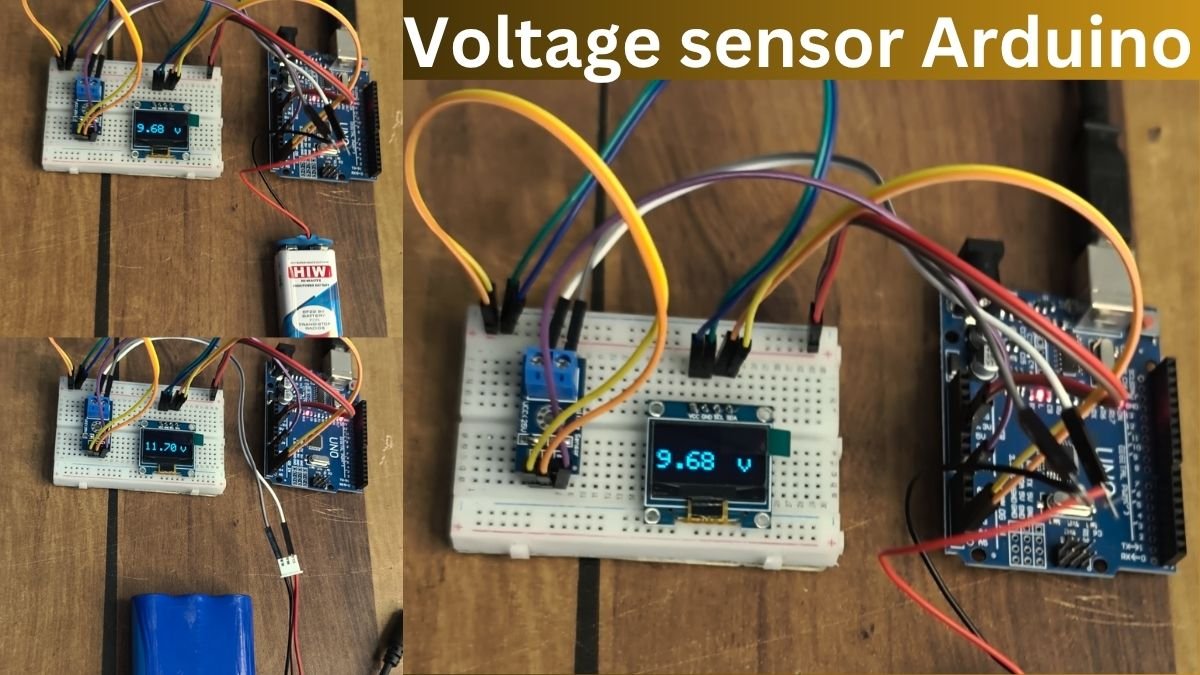MQ Series Gas Sensor are very popular for their tasks and efficiency, They come in large number series each for different tasks.
- These sensor comes in very compact packages, but the ability of each is not compromised by their sizes. The packages of all sensor seems to be similar. But the main component or the actual sensor is different for some versions.
- There is a large series of MQ sensor available, among which most of them are quite similar. The main component or the sensing part is made of metal in most series, while others are made of plastic.
- The 3 sensor which I’m going to demonstrate today and explain them are MQ-2, MQ-3, MQ-6. From which MQ-2, MQ-6 are made of metal sensing part while MQ-6 is made of plastic part.
- Not only the main part along with this other passive and active components are used together to make the circuit work which will be explained in later part.
- If you have some shortage of any type of MQ sensor, then below is the list of all sensors with their sensing areas, so read them for more common usage of various models :-


Table of Contents
MQ Series Gas Sensor working with Model Number
- MQ-2 – Methane, Butane, LPG, smoke.
- MQ-3 – Alcohol, Ethanol, smoke.
- MQ-4 – Methane, CNG Gas.
- MQ-5 – Natural gas, LPG.
- MQ-6 – LPG, butane gas.
- MQ-7 – Carbon Monoxide.
- MQ-8 – Hydrogen Gas.
- MQ-9 – Carbon Monoxide, flammable gasses.
- MQ131 – Ozone.
- MQ135 – Air Quality (CO, Ammonia, Benzene, Alcohol, smoke).
- MQ136 – Hydrogen Sulfide gas.
- MQ137 – Ammonia.
- MQ138 – Benzene, Toluene, Alcohol, Acetone, Propane, Formaldehyde gas, Hydrogen.
- MQ214 – Methane, Natural gas.
MQ Series Gas Sensor Information Construction


- The construction part for many sensors is similar to each other. But the difference only is in the material used to built up the sensor.
- The schematic above is the actual schematic of the MQ-6 sensor. All the MQ sensor have the same schematic, but the difference is the only in MQ-6 part mentioned above in schematic.
- The main part or the MQ part internal construction or schematic is also mentioned above. Make sure to check it for careful observation.
- As above, there will be difference in material used in different sensor. The coating, heating filament element or the pin material can be different.
MQ Series Gas Sensor Information Working
- The working of these all MQ sensor are similar as like in case of schematic. They all measure the resistance of the two wires in parallel.
- Filament inside the coated core is used to heat up the air in the surroundings, which is present inside it. The resistance of the coated core reduces as the air takeaway the electrons.
- Hence, resistance then reduces the VCC (high potential voltage) which act as the analog value. For the digital value we use LM393 IC which is a dual voltage comparator.
- The comparator then gives the output according to the input on it’s inverting and non-inverting pins. The output can be controlled with the potentiometer provided on the PCB.
Advantages
- First, these mq series sensors are quite small and easy to use, which makes them ideal for every situation to use. Along with this, the very easy-to-replicate schematic makes it simple to produce its custom PCB for special projects.
- The sensors have good sensitivity for all types mentioned above, there are certain limits for the range of the sensor which needs to be kept in mind or the sensor will not work.
- The potentiometer can be used to trim the values also the onboard indicator on certain modules are useful for identifying the working of the sensor visually.
- Most of the sensor comes with the analog value, which is useful for measuring and assigning task on certain instances of hitting the readings.
Disadvantages
- The main drawback of the MQ Series Gas Sensor is that it needs direct contact with the source for an instant result, or else the readings will take time. Also, the strength or intensity plays a major role in the reading of the sensor.
- Secondly, If the sensor is damaged or worn out, you have to purchase a new one rather than changing some parts. By damaging the sensor here refers to the main working part not the amplification part.
Applications of MQ Series Gas Sensor Information
- These sensors are easy to use and most of them comes with both types of values i.e., Analog & Digital, so it is easy among beginners to use them. Some tutorials have been published on our website, you can have a look at them via given link below.
FAQ
Q. What is the working voltage and logic level of the MQ Series Gas Sensor?
All MQ sensor have a working voltage upto 5V which is also applicable for the logic level but keep in mind the lower the working voltage the lesser will be the reading resolution.
Q. Can we use the main part of the sensor separately in projects?
Yes you can use but make sure to connect the pins correctly also read the datasheet of the sensor for output voltage ranges to make use of it.





